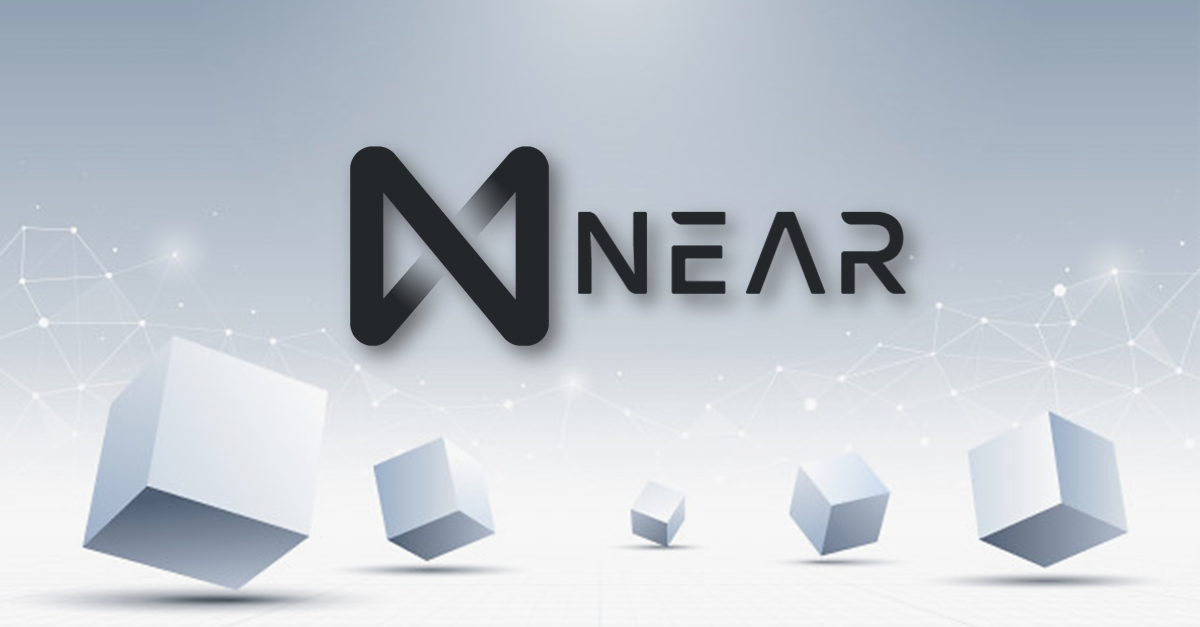NEAR Protocol Signals Another Breakout

NEAR Protocol (NEAR) is riding the general trend for altcoins to extend their rallies after BTC stalled around $47,000. NEAR is yet another protocol to break out from the lows and signal potentially higher price ranges.
NEAR is a separate blockchain with its own set of 250 nodes, while also existing as a token on the Binance Smart Chain. This gives NEAR access to two networks and modes of transfer, while also making it a part of the DeFi collection of projects.
NEAR Recovers Losses
NEAR traded at $3.94, sparking hopes of an extended rally. During the June crash, NEAR slid under $2, and the drop was followed by a gradual recovery. In the past, NEAR has outperformed the market, often doubling its price within a matter of days.
NEAR is one of the booming coins within the top 100 of cryptocurrencies with relatively low volumes. The recent price spike affected altcoins like Terra (LUNA) and Solana (SOL) with trading volumes above $1B. Compared to those assets, NEAR has relatively slim volumes under $200M in 24 hours.
NEAR is almost entirely dependent on the Binance exchange USDT pair, as well as the OKEx market.
NEAR Facing Exchange Scarcity
The supply of NEAR is currently 1B tokens, but of those, around 434M are in circulation. Lately, NEAR has faced more withdrawals from exchanges and very scarce deposits. The supply of NEAR is not capped and new token creation will continue.
One of the reasons for withdrawing NEAR is to receive staking rewards. The other reason is some NEAR may be transformed into Binance Smart Chain tokens, then used to trade on decentralized exchanges.
According to network statistics, about 39% of the NEAR supply are staked, with a market cap above $1.5B. NEAR can be delegated, or can be included in the locked up coin supply for delegators.
Is NEAR Staking Profitable
NEAR delegation currently brings a reward of about 6.2%, with more than 11% for validators. The NEAR network is close to its targeted staking rate of 40%, though staking rewards are lower for retail owners. An annualized NEAR reward rate reaches 10.78% after a year of locking up the tokens.
Annually, NEAR will produce around 50M new tokens, and it is unpredictable whether those would be sold. Most of the rewards go to validators, which can then redistribute them to small-scale owners.
NEAR staking can be profitable in theory, given the potential for favorable market prices. The tokenomics of NEAR are also not fixed – in usual conditions, the network will produce a programmable inflation of 5% annually, making the real staking earnings lower. However, fee burns and other uses of the token may turn the supply to deflation.
One of the disadvantages for NEAR is the significant influence of node operators and the still incomplete voting mechanism. Currently, NEAR owners can only vote by proxy, as only validators can accept changes to the protocol.
Currently, about 35% of the supply is also in the hands of “whales”, which do not have an incentive to sell their coins, but are still a dent on democratic adoption.
NEAR Promises Immediate Development, Scalability
The NEAR protocol is somewhat similar to Polkadot (DOT) in offering a scalability solution to the Ethereum protocol. NEAR performs side chain computation, which allows up to 100,000 transactions per second.
Validators and nodes thus do not need to carry the entire blockchain history, making it easier to run secure nodes.
Smart contracts on the NEAR network are built in Rust and Java, opening the space to more developers with those skills.
Can NEAR Compete with New Platforms
NEAR is a relatively unknown platform compared to Cardano (ADA), Polkadot, Waves, or other crypto startups that appeared in the past few years. In theory, almost any network can build up users and a DeFi presence, although currently the leaders remain Ethereum, Binance Smart Chain, and TRON.
The recent market hype is also amplified by social media, one of the biggest drivers of attention and adoption for altcoins. NEAR is among the most actively mentioned assets, constantly increasing its social media presence.
NEAR is still not listed as a purely DeFi platform, and the prevalence of distributed apps are games and collectible tokens. For now, only Berry Club attempts to bring DeFi to the protocol, but has only attracted a minimal count of daily users.
NEAR may have more success in generating and distributing NFT images and collectibles, due to its lower fees. Minting NFTs on Ethereum remains prohibitive for most retail buyers, but demand for crypto collectibles has grown in the past month for another shopping spree and price appreciation.
NEAR already attracts new users with collectible airdrops, and may become one of the prominent collectible platforms, similar to Axie Infinity (AXS).

Uphold makes buying crypto with popular currencies like USD, EUR and GBP very simple with its convenient options to swap between crypto, fiat, equities, and precious metals.

With over 50 coins and an obsession with security, Kraken is one of the safest places to buy and trade crypto.

Kraken has a good reputation for security and protection of your funds and operates across the USA (except NY), Canada, the EU and Japan

Based in Charleston, South Carolina. Serves over 184 countries and has done over $4 billion in transactions. Offers convenient options to swap between crypto, fiat, equities, and precious metals.

A roundup of the main exchanges in Australia allow you to quickly buy Bitcoin and other crypto on your card

A beginners guide to candlesticks, trend line, indicators and chart patterns

An early alternative to Bitcoin, LTC aimed to be a coin for easy, fast, low-fee spending. LTC offers a faster block time and a higher transaction capacity in comparison to Bitcoin.

The leader in programmable money, smart contracts and decentralised applications. There have been many copycats but none have the community and level of adoption.